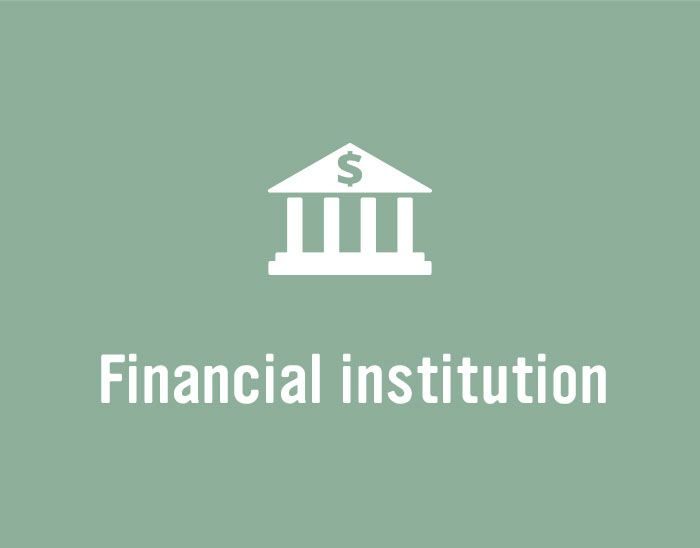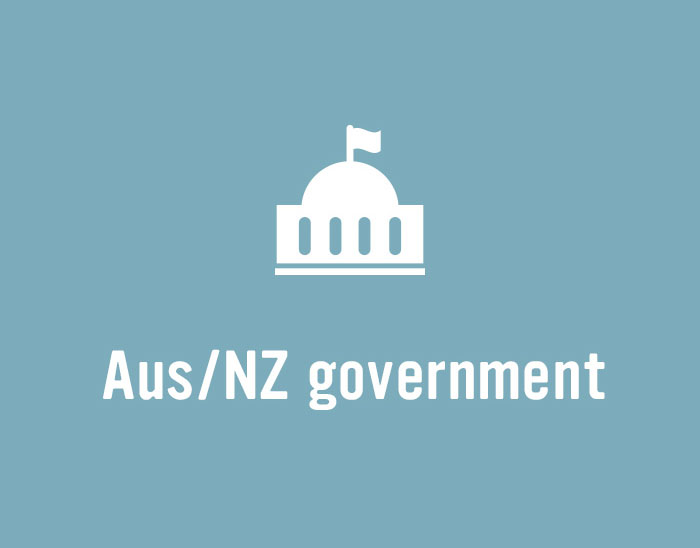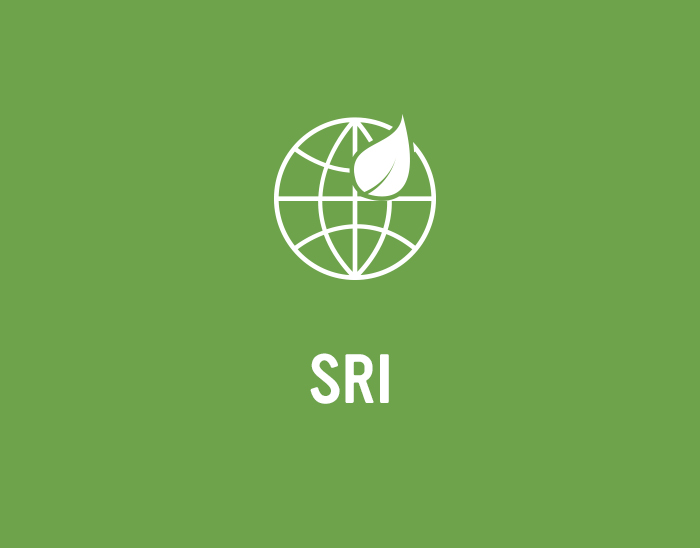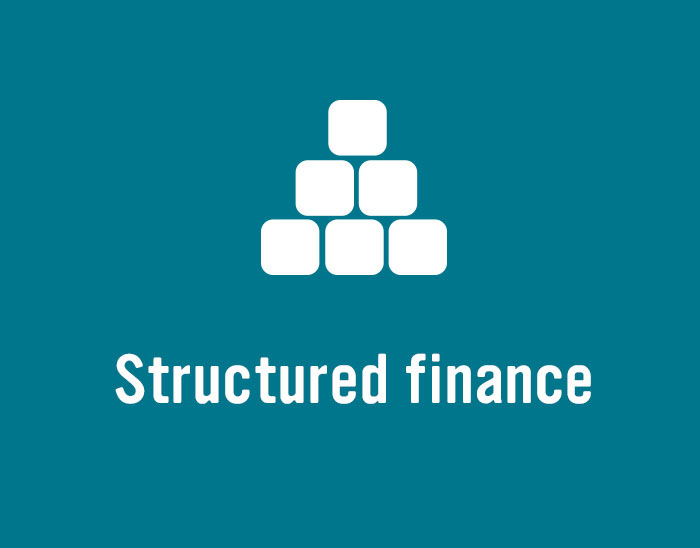
News

Chorus’s return to domestic issuance represents a significant development for the New Zealand corporate credit market, deal sources say. The 10-year transaction features a rate reset after five years, which helped stimulate retail demand. Market users expect the feature to be used again given the success of Chorus’s transaction.

The territorial scope of the amendments by the Securities and Exchange Commission (SEC) to rule 17g-5 of the US Securities Act (rule 17g-5) are broad and cover various product types. Leading US law firm, Mayer Brown, shares vital insights into how the amendments and the proposed permanent exemption could affect Australian securitisers.

On 29 November, Southland Building Society (BBB by Fitch) launched an indicative A$20 million (US$14.6 million) 10-year non-call five-year (10NC5) tier-two capital transaction. The forthcoming deal is expected to be rated BBB- and has indicative price guidance of 375-400 basis points area over three-month bank bills. Pricing is expected as early as the day of launch, according to lead manager National Australia Bank.

On 29 November, South Australian Government Financing Authority (SAFA) (AA+/Aa1) revealed plans for a possible Australian dollar denominated, Australian overnight index average-linked floating-rate note (AONIA-FRN) transaction. Market consultation for the proposed structure will take place in late 2018, with a possible transaction to follow in 2019. Meetings will be held in Sydney, Melbourne and Brisbane in the week commencing 12 December.

On 28 November, ING Groep (A-/Baa1/A+) launched its benchmark four- and 10.5-year Australian dollar denominated EMTN transaction. The four-year tranches will come in fixed- and floating-rate formats and have indicative price guidance of 155 basis points area over swap benchmarks, while the 10.5-year fixed-rate tranche is being marketed at 225 basis points area over semi-quarterly swap.



